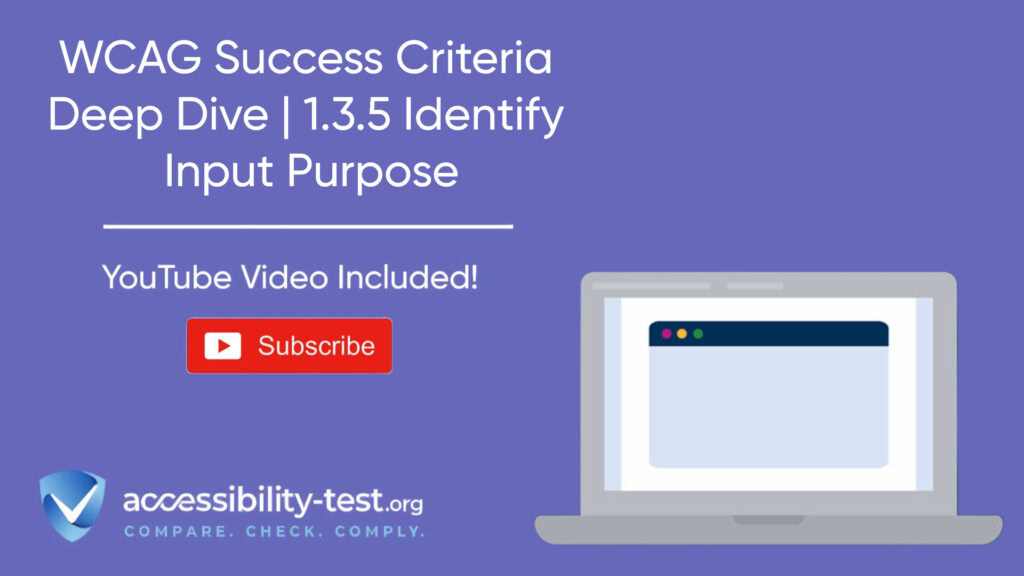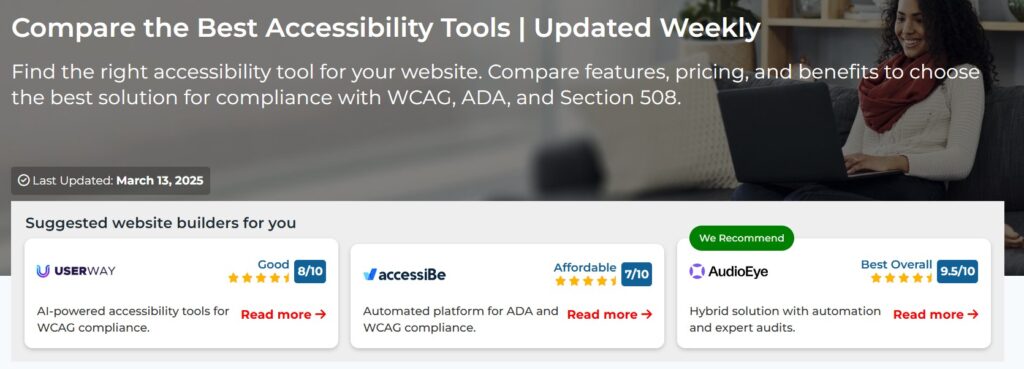
WCAG Success Criteria Deep Dive
When users encounter online forms, they often face significant challenges—particularly those with cognitive disabilities, memory impairments, or motor limitations. The Web Content Accessibility Guidelines (WCAG) Success Criterion 1.3.5, “Identify Input Purpose,” addresses these challenges by requiring websites to structure form fields in ways that browsers and assistive technologies can recognize their intended purpose. This comprehensive analysis explores implementation requirements, testing methodologies, and practical strategies to achieve compliance while creating more inclusive digital experiences.
Understanding the Fundamental Principle
WCAG 1.3.5 falls under the broader guideline 1.3 “Adaptable,” which requires content to be presented in different ways without losing information or structure. Specifically, 1.3.5 states that “the purpose of each input field collecting information about the user can be programmatically determined” when the field serves a purpose identified in the WCAG input purposes list and is implemented using technologies that support identifying expected meaning for form input data. This Level AA criterion aims to make forms more accessible, particularly benefiting users with cognitive disabilities who may struggle with comprehension, memory issues, or other conditions that make form completion challenging.
Implementation Requirements
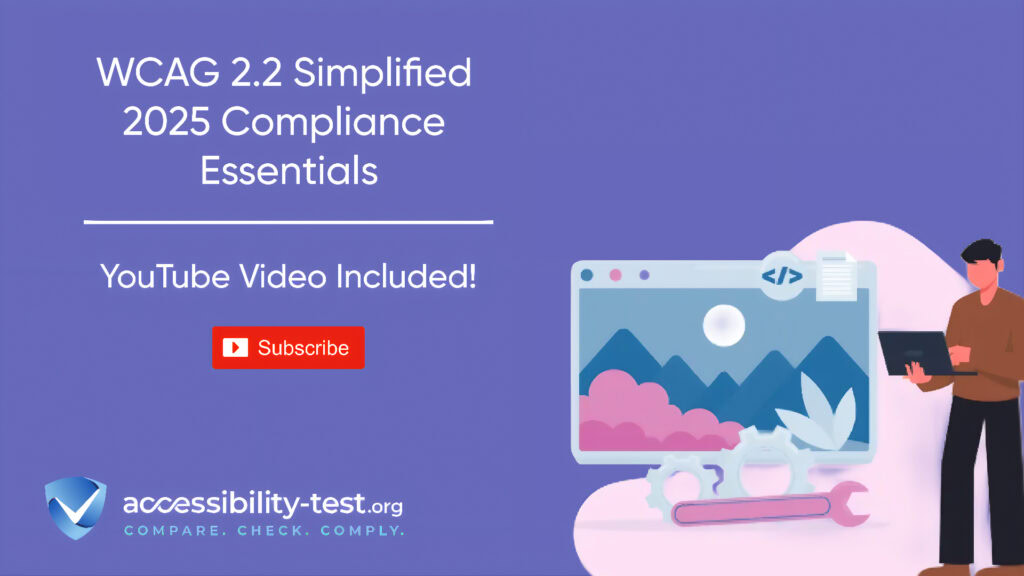
To comply with WCAG 1.3.5, developers must ensure that form fields collecting user data are coded in ways that machines can interpret their purpose. This goes beyond simply providing visible labels—the underlying code must explicitly communicate each field’s intended function. This requirement applies specifically to inputs collecting information about the user, such as personal details, contact information, payment data, and account credentials.
The criterion does not apply to all input fields but specifically to those serving purposes identified in the official WCAG list of input purposes. Additionally, developers must implement these fields using technologies that support identifying the expected meaning for form input data. Currently, HTML with the autocomplete attribute represents the primary method for achieving this requirement in web applications.
Autocomplete Attribute Usage
The autocomplete attribute is the primary method for meeting this criterion in HTML. This attribute specifies the type of data a field expects, enabling browsers and assistive technologies to understand the field’s purpose, allowing for autofill functionality and improved assistive technology support.
The World Wide Web Consortium (W3C) defines 53 standardized values for the autocomplete attribute. These values cover a broad range of common input types, including:
- name for full name
- given-name for first name
- family-name for last name
- email for email addresses
- tel for telephone numbers
- street-address for street addresses
- postal-code for ZIP or postal codes
- cc-number for credit card numbers
- bday for birthdate information
It’s crucial to note that using the correct autocomplete values is essential. Using incorrect or non-standard values, such as “birthdate” instead of the approved “bday,” would constitute a failure of this criterion. Developers must reference the official list of autocomplete values to ensure compliance.
A key distinction to understand is that the HTML input type attribute alone is insufficient to meet this criterion. For example, using type=”email” indicates that the field expects an email address format but doesn’t specify whether it’s collecting the user’s own email or someone else’s. The autocomplete attribute provides this specificity by allowing values like autocomplete=”email” to indicate it’s collecting the user’s email address.
Code Implementation Examples
Let’s examine both non-compliant and compliant code examples to understand the practical application of this criterion:
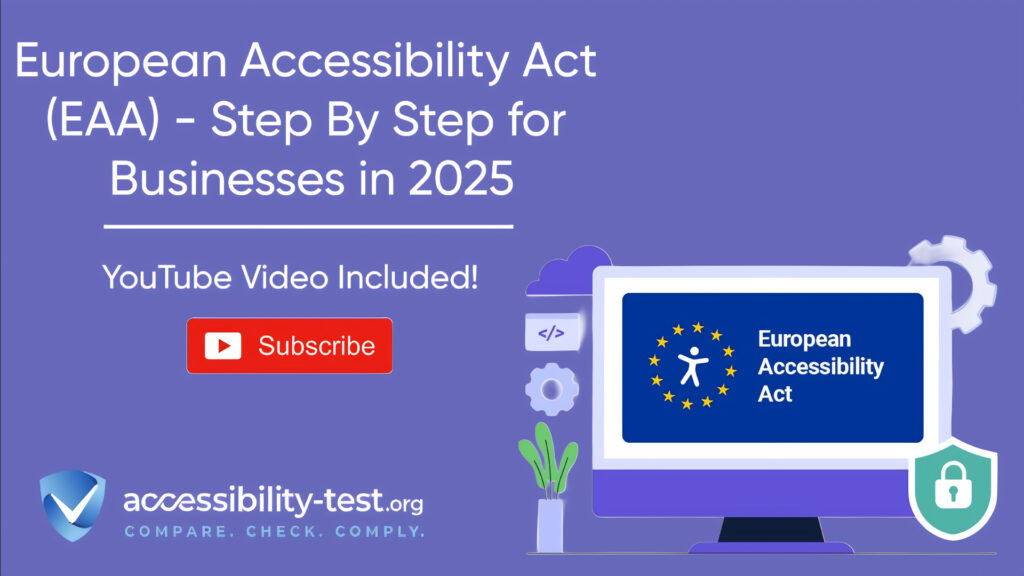
Non-Compliant Example
<form>
<label for=”username”>Enter Username:</label>
<input type=”text” id=”username” name=”username” />
<label for=”password”>Enter Password:</label>
<input type=”password” id=”password” name=”password” />
<button type=”submit”>Submit</button>
</form>
In this example, despite having proper labels and input types, the form lacks autocomplete attributes that would enable browsers and assistive technologies to understand the specific purpose of each field.
Compliant Example
<form>
<label htmlFor=”username”>
Enter Username:
<input
type=”text”
id=”username”
name=”username”
autocomplete=”username”
value={username}
onChange={handleUsernameChange}
/>
</label>
<label htmlFor=”password”>
Enter Password:
<input
type=”password”
id=”password”
name=”password”
autocomplete=”current-password”
value={password}
onChange={handlePasswordChange}
/>
</label>
<button type=”submit”>Submit</button>
</form>
This compliant version includes appropriate autocomplete attributes that clearly identify the purpose of each input field, enabling browsers and assistive technologies to understand what information is being requested from the user.
Financial Data Input Patterns
Financial forms present unique challenges due to both the sensitive nature of the data being collected and specific formatting requirements. For credit card information, autocomplete values like cc-number (card number), cc-exp (expiration date), and cc-csc (security code) are essential for proper field identification.
However, financial applications and other sensitive systems face a potential conflict between security concerns and accessibility requirements. Some organizations may be hesitant to implement autocomplete on password and login fields due to security considerations. This has led to discussions within the W3C working group about potential exceptions to this criterion for security-sensitive fields.
While these concerns are valid, it’s worth noting that modern browsers have implemented security measures to handle sensitive autofill data safely. Additionally, ensuring proper accessibility often enhances security by reducing user errors and frustration. Organizations concerned about security can implement additional measures like two-factor authentication rather than disabling autocomplete functionality.
For billing information, using prefixes like billing street-address or billing postal-code helps distinguish these fields from shipping details. This precise structuring helps users avoid errors and streamlines checkout processes, benefiting everyone but particularly users with cognitive disabilities who may struggle with form completion.
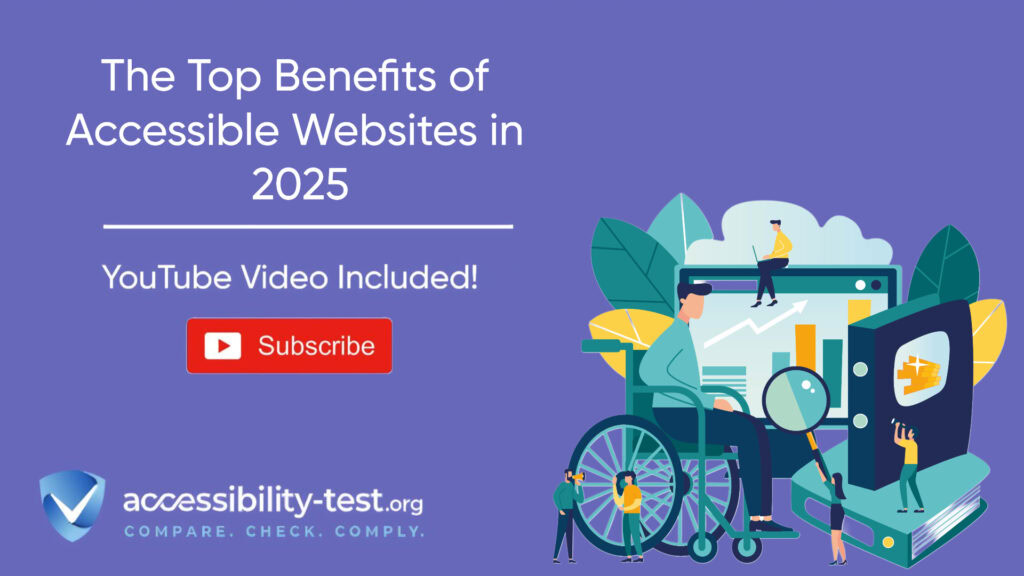
Contextual Input Identification
Forms frequently request similar information in different contexts, such as shipping versus billing addresses in e-commerce checkouts. Adding appropriate prefixes to autocomplete values ensures assistive technologies can differentiate between these similar but contextually different fields.
The autocomplete attribute supports several contextual prefixes including:
- shipping for shipping address information
- billing for billing information
- work for work-related details
- home for home-related information
- mobile for mobile phone numbers
For example, to differentiate between home and work email addresses, you would use autocomplete=”home email” and autocomplete=”work email” respectively. This contextual information helps users understand exactly what information is being requested and allows assistive technologies to provide appropriate support.
Multilingual Form Support
Supporting multilingual forms requires careful attention to both visible labels and underlying code. While visible labels should be translated appropriately, the autocomplete attribute values must remain consistent with the standard English-language tokens. For instance, a Spanish form field labeled “Nombre completo” (full name) should still use autocomplete=”name”.
Address fields must adapt to regional formats while maintaining standardized attributes. In some countries, postal codes precede city names, while in others, the order is reversed. Developers should structure forms to accommodate these regional differences while ensuring the autocomplete attributes remain consistent with the standard.
For date fields, using HTML5’s type=”date” in conjunction with appropriate autocomplete values (like autocomplete=”bday” for birthdate) allows browsers to handle regional date format differences automatically. This approach ensures users can input dates in their familiar format while maintaining programmatic clarity about the field’s purpose.
Advanced Compliance Techniques
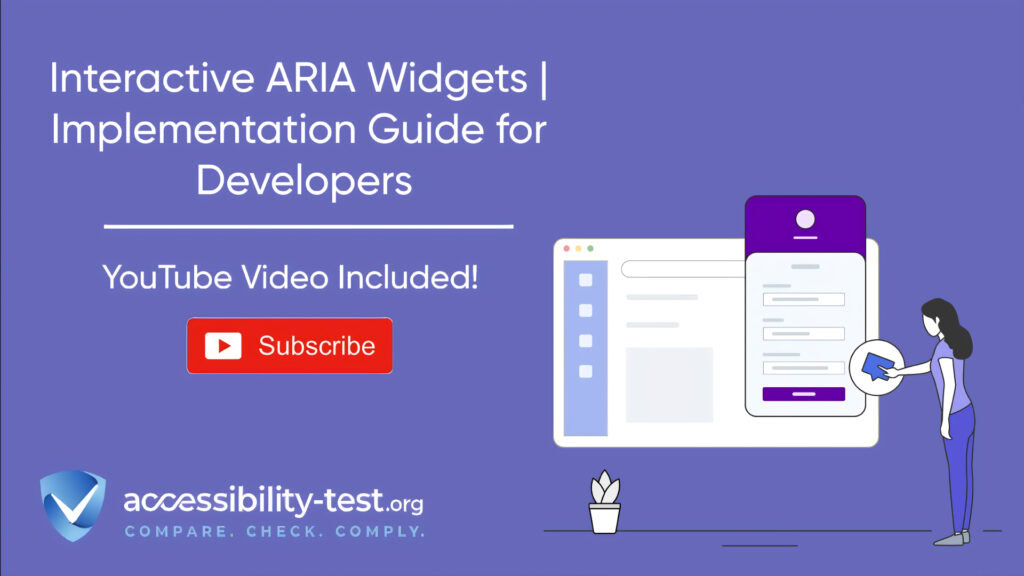
Custom Input Type Extensions
While standard autocomplete values cover many common scenarios, developers frequently need to create forms with specialized fields that don’t have predefined autocomplete tokens. For custom fields like student IDs, employee numbers, or product keys, developers should:
- Use the most semantically appropriate HTML input type (e.g., type=”number” for numerical values)
- Provide clear instructions via descriptive labels or aria-describedby attributes
- Group related fields using fieldset and legend elements
- Consider whether the field is truly collecting user information (if not, 1.3.5 may not apply)
For example, a “Student ID” field might include:
<label for=”student-id”>Student ID</label>
<input
type=”text”
id=”student-id”
name=”student-id”
aria-describedby=”id-format”
/>
<span>Format: Two uppercase letters followed by six digits (e.g., AB123456)</span>
While this field doesn’t use an autocomplete attribute (as there isn’t a standardized token for student IDs), it provides clear instructions and uses appropriate semantic markup.
Progressive Enhancement Strategies
Implementing a progressive enhancement approach ensures forms remain functional across different browsers and assistive technologies, including older ones that might not fully support all autocomplete values. Start with semantic HTML:
- Use proper label elements for every input
- Apply appropriate autocomplete attributes and input validation
- Enhance styling with CSS for visual clarity
- Add JavaScript sparingly for enhanced functionality like dynamic validation
This approach guarantees accessibility across devices and browsers, including older or limited assistive technologies, while providing enhanced experiences for users with more capable systems.
Testing and Validation
Thorough testing confirms that forms meet WCAG 1.3.5 requirements and function as intended across different platforms and assistive technologies.
Screen Reader Announcement Testing
Screen readers like JAWS, NVDA, or VoiceOver should announce each field’s purpose clearly. A properly coded email field might be announced as “Email, edit text, autocomplete available.” Testing should involve:
- Navigating forms using only keyboard controls
- Verifying that labels and autocomplete purposes are announced appropriately
- Checking error messages for clarity and accessibility
- Testing across multiple screen reader and browser combinations
Inconsistent announcements may indicate missing or incorrect attributes. It’s important to note that some assistive technologies might not yet fully support all autocomplete values, but implementing them correctly ensures future compatibility as support improves.
Browser Compatibility Checks

Autocomplete behavior varies significantly across browsers, so thorough testing is essential. Developers should test forms in Chrome, Firefox, Safari, and Edge to ensure:
- Autofill suggestions appear correctly
- Input validation works as expected
- Mobile browsers display appropriate keyboards (e.g., numeric keypads for phone numbers)
- Fields are correctly identified even when using browser translation features
Tools like Chrome DevTools’ Accessibility panel can help inspect attribute recognition and identify potential issues with implementation.
Mobile Testing Considerations
Testing on mobile platforms presents additional challenges. For HTML-based mobile applications, the same principles apply as for desktop websites—the autocomplete attribute with appropriate tokens must be used.
However, for native iOS and Android applications, the situation is more complex. As of early discussions documented in the search results, native mobile platforms did not have standardized mechanisms for programmatically identifying input purposes that were specific enough to meet this criterion. This led to discussions about whether 1.3.5 might be considered “not applicable” for native applications.
While native platforms have their own input type specifications (such as UITextContentType in iOS), these might not provide the same level of specificity as HTML autocomplete attributes. Developers of native applications should follow platform-specific best practices while staying informed about evolving standards in this area.
Common Mistakes and Solutions
Even experienced developers can make errors when implementing WCAG 1.3.5. Common mistakes include:

Using input type without autocomplete
A common misconception is that using appropriate HTML5 input types (like type=”email” or type=”tel”) is sufficient to meet this criterion. However, the success criterion specifically requires using an attribute like autocomplete that identifies the expected meaning of the input, not just its format.
Solution: Always pair appropriate input types with corresponding autocomplete attributes: <input type=”email” id=”email” name=”email” autocomplete=”email” />
Incorrect autocomplete values
Using unofficial terms like “birthdate” instead of “bday” or creating custom values that aren’t part of the standard list will fail to provide the intended benefits.
Solution: Reference the official list of autocomplete values from the HTML specification and validate implementation using tools like the W3C HTML Validator.
Missing context prefixes
When forms have multiple fields of the same general type (like multiple address fields), failing to add appropriate prefixes like “shipping” or “billing” makes it difficult for assistive technologies to distinguish between them.
Solution: Use appropriate prefixes as defined in the HTML specification: <input type=”text” id=”shipping-address” name=”shipping-address” autocomplete=”shipping street-address” />
<input type=”text” id=”billing-address” name=”billing-address” autocomplete=”billing street-address” />
Overusing autocomplete
Applying autocomplete attributes to fields that don’t collect user information (like search boxes or comment fields) can confuse both users and assistive technologies.
Solution: Apply autocomplete attributes only to fields collecting information about the user that matches one of the defined input purposes in the specification.
Benefits Beyond Compliance
Adhering to WCAG 1.3.5 offers advantages far beyond merely checking a compliance box:
Improved User Experience and Conversion Rates
Accessible forms lead to higher conversion rates and improved user satisfaction. According to research cited in the search results, organizations implementing robust accessibility practices experience significant business growth. Forrester Research found that every dollar invested in web accessibility and user experience improvements generates an average return of $100, representing a remarkable 99% ROI.
Expanded Market Reach
By implementing accessibility standards like WCAG 1.3.5, businesses can tap into the $490 billion spending power of people with disabilities while simultaneously improving digital experiences for all users. Accessible forms enable more people to successfully complete transactions, register for services, or submit information.
Reduced Legal Risk
As web accessibility litigation continues to increase, compliance with WCAG standards helps organizations mitigate legal risks. Understanding the landscape of web accessibility litigation is vital for legal teams and corporate strategy departments. Organizations must proactively adapt their web practices to minimize the risk of legal action.
Enhanced Efficiency and Productivity
For users with disabilities, autocomplete functionality can dramatically reduce the time and effort required to complete forms. This is particularly beneficial for users with motor impairments who may struggle with typing, or users with cognitive disabilities who may have difficulty remembering personal information. One example describes a person with a fine motor impairment who becomes fatigued when typing and benefits greatly from forms that automatically populate personal information.
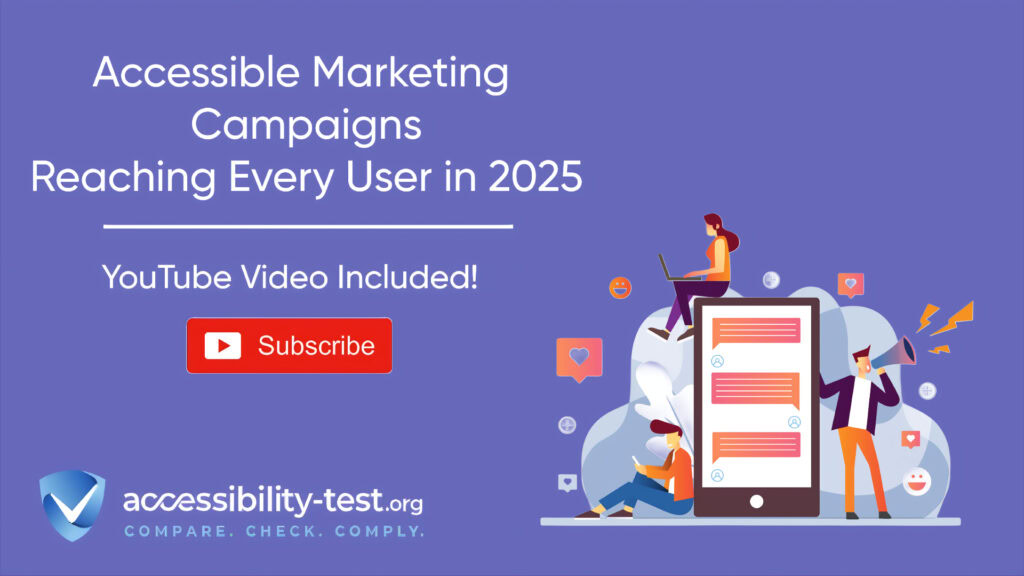
Future Developments and WCAG Evolution
The Web Content Accessibility Guidelines continue to evolve, with WCAG 2.2 released in 2023 and WCAG 3.0 in development. Organizations should stay informed about these developments to ensure ongoing compliance and accessibility.
WCAG 3.0 will introduce significant changes to the accessibility framework, including a new scoring system that enables organizations to assess and prioritize accessibility efforts more effectively. This system will account for a wider variety of accessibility features, allowing for a more nuanced understanding of compliance.
As these standards evolve, the principles behind Success Criterion 1.3.5 will remain important. Future guidelines may expand upon these requirements or introduce new methods for identifying input purposes, particularly for emerging technologies and platforms.
Using Automated Tools for Quick Insights (Accessibility-Test.org Scanner)
Automated testing tools provide a fast way to identify many common accessibility issues. They can quickly scan your website and point out problems that might be difficult for people with disabilities to overcome.
Visit Our Tools Comparison Page!

Run a FREE scan to check compliance and get recommendations to reduce risks of lawsuits
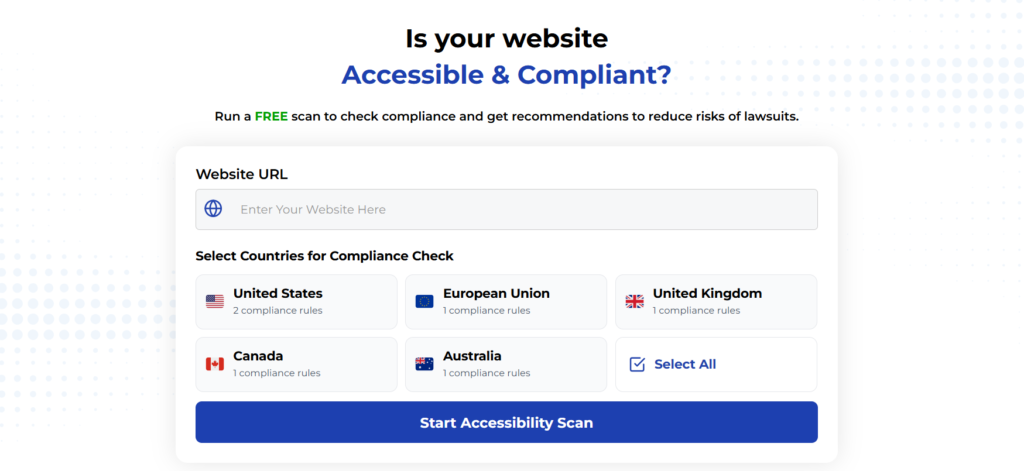
Final Thoughts
WCAG Success Criterion 1.3.5 “Identify Input Purpose” plays a vital role in creating inclusive digital experiences. By implementing autocomplete attributes correctly, contextualizing similar fields, and testing across different platforms and assistive technologies, developers can create forms that are accessible to all users, regardless of their abilities or disabilities.
Proper implementation not only ensures compliance with accessibility standards but also provides tangible benefits in terms of user satisfaction, conversion rates, and legal risk mitigation. As the digital landscape continues to evolve, maintaining focus on accessibility fundamentals like proper input identification helps create a more inclusive web for everyone.
Organizations should approach accessibility not merely as a compliance requirement but as an integral component of good design and user experience. By doing so, they can create digital experiences that truly serve all users while simultaneously achieving their business objectives and legal obligations.
Remember that web accessibility is a journey, not a destination. Regular testing, updating, and improving forms and other web content ensures ongoing compliance and demonstrates a genuine commitment to digital inclusion.



